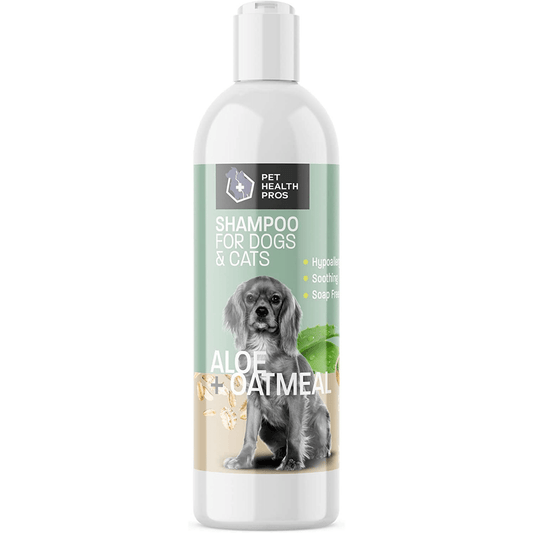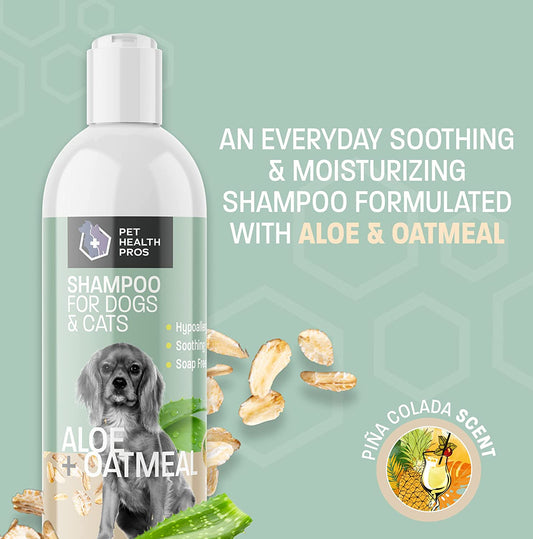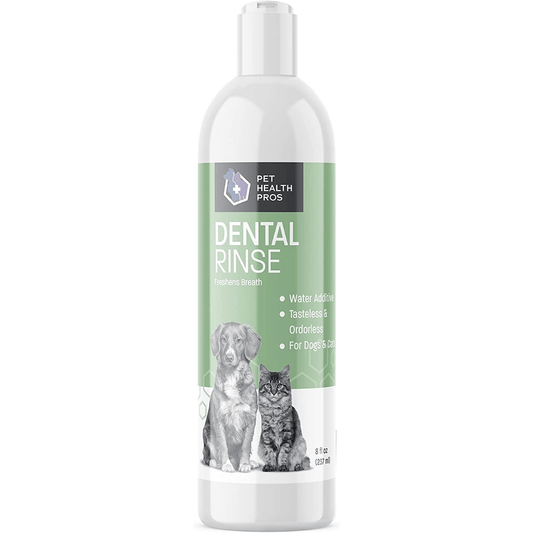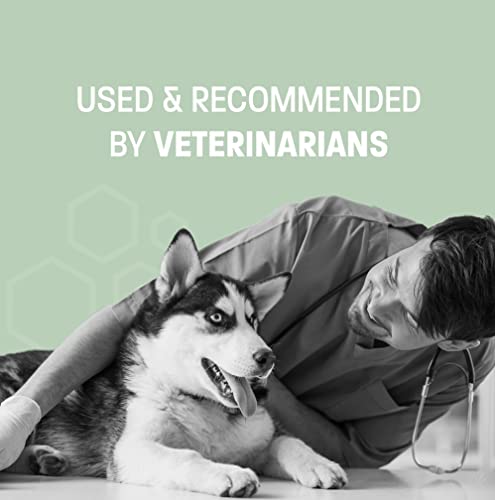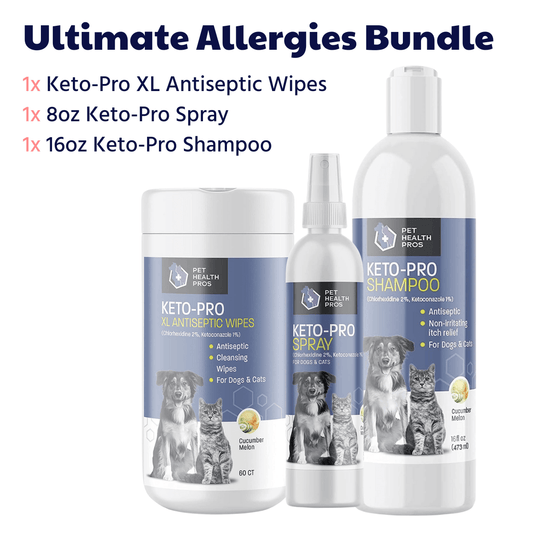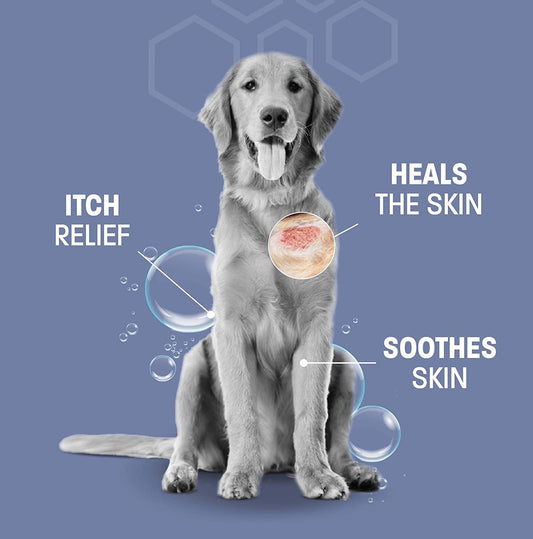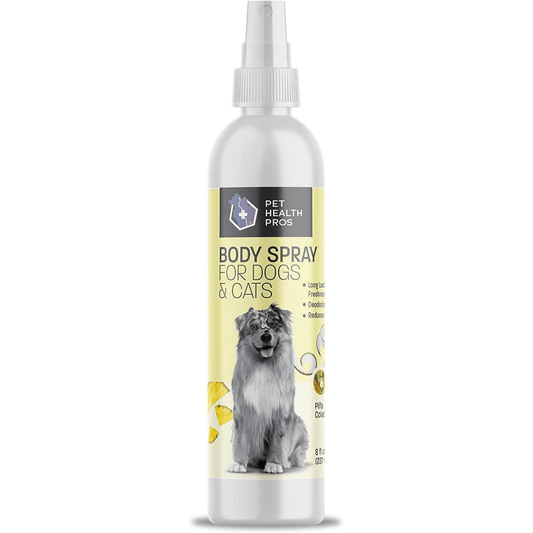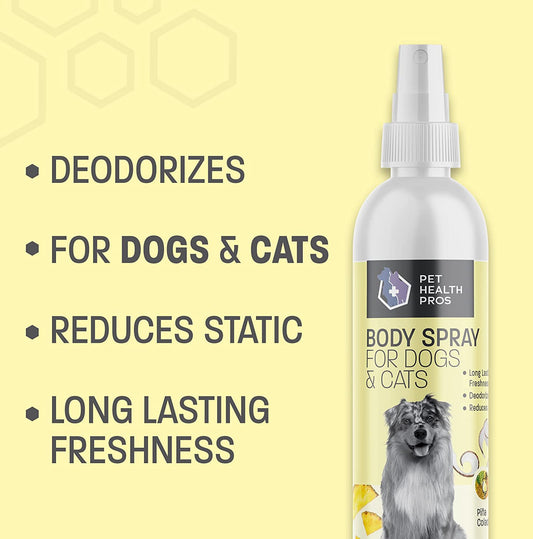So, you’ve got a dog that loves to chew on everything except its toys? You’re not alone. Many pet owners face this challenge and often turn to no chew sprays to save their furniture and shoes. But those store-bought sprays can be pricey and full of chemicals. That’s where making your own at home comes in handy. It’s simple, cost-effective, and you know exactly what’s in it. Let’s dive into how you can whip up a homemade no chew dog spray that actually works.
Key Takeaways
- Homemade no chew dog sprays are budget-friendly and chemical-free.
- Understanding why dogs chew can help tailor your approach.
- Natural ingredients like apple cider vinegar and citrus oils are effective.
- Consistency in application is key to success.
- Always observe your dog's reaction to adjust the formula if needed.
Understanding the Need for Homemade No Chew Dog Spray
Dogs have a natural tendency to chew on things, and sometimes that means your favorite pair of shoes or the corner of the coffee table. Understanding why dogs chew is key to finding solutions.
Why Dogs Chew on Household Items
- Teething: Puppies often chew to relieve the pain of teething.
- Boredom: Dogs left alone for long periods may chew out of boredom or anxiety.
- Exploration: Dogs explore their world through their mouths, which can lead to unwanted chewing.
The Risks of Commercial Chew Sprays
Commercial sprays often contain harsh chemicals that can be harmful to your pet's health. Some dogs may even develop a tolerance to these sprays over time, making them ineffective. Additionally, the strong odors can be unpleasant for both pets and humans.
Benefits of Homemade Solutions
Homemade no chew sprays are not only safer for your dog but also customizable. You can mix ingredients that suit your dog's preferences and sensitivities. Plus, they can be more cost-effective than store-bought options.
Making your own no chew spray allows you to control what goes into it, ensuring it’s safe and effective for your furry friend.
In summary, creating a homemade no chew dog spray can be a practical and safe solution to discourage your dog from chewing on inappropriate items. By understanding their chewing behavior and the potential risks of commercial products, you can take proactive steps to protect your belongings and your pet's health.
Essential Ingredients for an Effective No Chew Spray
Creating a homemade no chew spray for your dog can be a simple and effective way to protect your belongings. The right ingredients can make all the difference in deterring your pet from unwanted chewing.
Natural Ingredients to Consider
When crafting your spray, natural ingredients are key. Here are a few options to consider:
- Apple Cider Vinegar: Its strong smell and taste can discourage dogs from chewing.
- Lemon Juice: Dogs tend to dislike citrus scents, making lemon juice a great addition.
- Cayenne Pepper: A small amount can add a spicy deterrent, but be careful not to use too much as it can irritate.
These ingredients are not only effective but also safe for your furry friend.
Ingredients to Avoid for Safety
While many natural ingredients are safe, some should be avoided:
- Essential Oils: Many are toxic to dogs, so it's best to steer clear.
- Alcohol: This can be harmful if ingested by your pet.
- Garlic and Onion: Both are toxic to dogs and should never be used.
Where to Source Your Ingredients
Finding the right ingredients is easy with a little know-how. You can often find apple cider vinegar and lemon juice in your local grocery store. Cayenne pepper is also widely available. For those who prefer online shopping, these items can be conveniently purchased from various retailers.
Homemade sprays can be a cost-effective and natural solution for pet owners. However, they may not be as potent as commercial options, so regular application is necessary for the best results. DIY no chew sprays offer a practical alternative, but monitoring your pet's reaction is crucial to ensure their safety and comfort.
Step-by-Step Guide to Making Your Own No Chew Dog Spray
Gathering Your Materials
First things first, gather all the materials you’ll need. Make sure you have a clean spray bottle, white vinegar, apple cider vinegar, and a citrus essential oil like lemon or orange. Having these ingredients ready will make the process smooth and efficient. You might also want a funnel to avoid spills.
Mixing the Ingredients
Once you have everything, it's time to mix. Start by pouring one part white vinegar and one part apple cider vinegar into the spray bottle. Add a few drops of your chosen citrus essential oil. This combo creates a smell that dogs usually dislike, helping to deter them from chewing. Shake the bottle well to ensure everything is mixed evenly.
Proper Storage Techniques
After mixing, proper storage is key. Keep the spray in a cool, dark place when not in use. This helps maintain the effectiveness of the essential oils and prevents the vinegar from losing its potency. Always label your spray bottle with the contents and date it was made to keep track of freshness.
Homemade dog spray is a simple yet effective solution to discourage chewing, and with the right ingredients, you can ensure it's safe for your furry friend.
For more personalized pet care advice, consider using Pet Genius, an AI-powered assistant that offers tailored guidance for your pet's needs.
How to Apply Homemade No Chew Spray Effectively
Identifying Problem Areas
Before you start spraying, it's crucial to know where your dog tends to chew. Look around your home and pinpoint the spots that have fallen victim to your dog's teeth. This might include furniture legs, shoes, or even certain corners of the room. Knowing these spots will help you focus your efforts where they're most needed.
Application Tips for Best Results
Once you've identified the problem areas, it's time to apply your homemade spray. Here’s how you can do it effectively:
- Clean the Surface: Before spraying, make sure the area is clean. Dirt and grime can affect the spray's effectiveness.
- Spray Evenly: Hold the spray bottle about six inches away from the surface and spray evenly. This ensures that the entire area is covered.
- Let it Dry: Allow the spray to dry completely before letting your dog near it. This helps the scent settle in and makes the taste unpleasant for your dog.
Proper application is key to ensuring your homemade spray works effectively. It's not just about spraying; it's about doing it right.
Frequency of Application
The effectiveness of your no chew spray depends on how often you apply it. In the beginning, you may need to spray the affected areas daily. As your dog learns to avoid these spots, you can reduce the frequency to once every few days. Keep an eye on your dog's behavior and adjust as needed.
By following these steps, you’ll not only protect your belongings but also teach your dog to avoid chewing on inappropriate items. Remember, consistency is important, so keep up with your application schedule to see the best results.
Monitoring and Adjusting Your Approach
Observing Your Dog's Reaction
When you first start using a homemade no chew spray, it's important to keep an eye on how your dog reacts. Pay attention to any signs of discomfort or allergies. Some dogs might have a sensitive nose or skin, so if you notice sneezing, redness, or irritation, it might be time to tweak the formula. Watch your dog's behavior around areas where you've applied the spray. If they continue to chew, it might mean the spray isn't strong enough or they're not deterred by the taste.
Adjusting Ingredients for Better Results
If your dog isn't responding to the spray, consider adjusting the ingredients. Sometimes adding more of a bitter agent like apple cider vinegar or citrus can make it more effective. However, ensure that any changes remain safe for your pet. Avoid using ingredients that could be harmful if ingested. It's all about finding that sweet spot where the spray is effective but still safe.
When to Consult a Professional
There are times when a homemade solution just doesn't cut it. If your dog continues to chew despite your best efforts, it might be time to bring in a professional. Consulting a vet or a pet behaviorist can provide insights into underlying issues like anxiety or boredom. They can offer strategies that go beyond sprays, such as combining dog no chew spray with behavioral solutions to effectively address destructive chewing. This holistic approach can help improve your dog's overall well-being.
Additional Tips for Preventing Chewing Behavior
Providing Adequate Chew Toys
Dogs have a natural instinct to chew, and providing them with the right chew toys can satisfy this urge while keeping your belongings safe. Make sure to choose toys that are appropriate for your dog's size and chewing strength. Durable rubber toys and treat-dispensing toys are often favorites. Rotate the toys regularly to keep your dog interested.
Ensuring Regular Exercise
Regular physical activity is crucial for your dog's overall well-being and can help reduce unwanted chewing. A tired dog is a well-behaved dog. Aim for a mix of walks, playtime, and even some interactive games to keep your furry friend engaged. Remember, exercise isn't just about physical exertion; it also provides mental stimulation, which is equally important.
Training Techniques to Discourage Chewing
Training your dog not to chew on household items requires patience and consistency. Start with positive reinforcement techniques, rewarding your dog when they choose their toys over your shoes. You might also consider crate training as a way to manage chewing when you're not around. If your dog shows signs of anxiety or stress, which can lead to destructive chewing, addressing these underlying issues is key. Sometimes, consulting a professional trainer might be necessary to tackle persistent problems.
Observing your dog's behavior and understanding their needs can prevent many chewing issues. It's about finding the right balance between providing outlets for their natural behaviors and setting boundaries to protect your home.
For more on how to tackle dog chewing problems, consider providing appropriate chew toys, using positive reinforcement, and ensuring regular exercise. These steps, combined with addressing any anxiety issues, can make a significant difference in your dog's behavior.
To help stop your pet from chewing on things they shouldn't, try giving them plenty of toys to play with. Keeping them busy can make a big difference! If you want more tips and products to help with this issue, visit our website today!
Wrapping It Up
So there you have it, folks. Making your own no-chew spray at home isn't just doable—it's pretty straightforward. With a few simple ingredients, you can whip up a solution that keeps your furry friend from gnawing on everything in sight. Plus, it's a safer option compared to some store-bought sprays that might have stuff you can't even pronounce. Just remember, every dog is different, so you might need to tweak the recipe a bit to find what works best for your pup. Give it a shot, and hopefully, you'll save your shoes and furniture from becoming chew toys. Happy DIY-ing!
Frequently Asked Questions
What is a no chew dog spray?
A no chew dog spray is a special liquid you can put on things to stop your dog from chewing them. It usually tastes bad to dogs, so they avoid chewing on the sprayed items.
Why do dogs chew on stuff around the house?
Dogs might chew on things because they are bored, teething, or just curious. Chewing is also a way for them to explore their world and relieve stress.
Are homemade no chew sprays safe for dogs?
Yes, homemade no chew sprays can be safe if made with the right ingredients. It's important to use natural and non-toxic items to make sure it doesn't harm your dog.
What ingredients should I avoid in a homemade spray?
You should avoid using ingredients that are harmful to dogs, like essential oils such as tea tree oil, as they can be toxic. Always check that the items you use are safe for pets.
How often should I apply the no chew spray?
You should apply the no chew spray as often as needed, especially if you see your dog starting to chew on things again. Usually, once a day or every few days is enough.
Can I just buy a no chew spray from the store?
Yes, you can buy no chew sprays from the store, but they might have chemicals that aren't good for your dog. Making your own lets you know exactly what's in it and is often safer.

